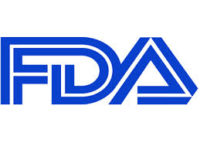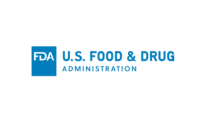Source: FDA
The U.S. Food and Drug Administration's (FDA's) Food Safety Modernization Act (FSMA) added to the Federal Food, Drug, and Cosmetic Act (FD&C Act) several new sections that reference intentional adulteration. For example, section 418 of the FD&C Act (21 U.S.C. 350g) addresses intentional adulteration in the context of facilities that manufacture, process, pack, or hold food, and that are required to register under section 415 (21 U.S.C. 350d). Section 420 of the FD&C Act (21 U.S.C. 350i) addresses intentional adulteration in the context of high-risk foods and exempts farms except for farms that produce milk.
FDA implemented these intentional adulteration provisions through a rule entitled “Mitigation Strategies to Protect Food Against Intentional Adulteration” (IA rule) and published the final rule in the Federal Register of May 27, 2016 (81 FR 34166). The rule, which includes the requirements for food defense measures against intentional adulteration, and related requirements can be found in 21 CFR part 121.
The IA rule applies to the owner, operator, or agent in charge of a domestic or foreign food facility that manufactures/processes, packs, or holds food for consumption in the United States and is required to register under section 415 of the FD&C Act, unless one of the exemptions provided in 21 CFR 121.5 applies (21 CFR 121.1).
This document is directed to those persons who are subject to the IA rule requirements of 21 CFR part 121. Identifying significant vulnerabilities at your facility and implementing mitigation strategies and mitigation strategy management components enables you to apply a proactive and systematic approach to your food defense program to protect your food from intentional adulteration intended to cause wide scale public health harm.
This draft guidance, when finalized, will represent the current thinking of FDA on this topic. It does not establish any rights for any person and is not binding on FDA or the public. You can use an alternative approach if it satisfies the requirements of the applicable statutes and regulations. To discuss an alternative approach, contact the FDA staff responsible for this guidance as listed on the title page.
Download the draft guidance for industry: Mitigation Strategies to Protect Food Against Intentional Adulteration
Sign up for Food Safety Magazine’s bi-weekly emails!
Subscribe to our podcast: Food Safety Matters!




